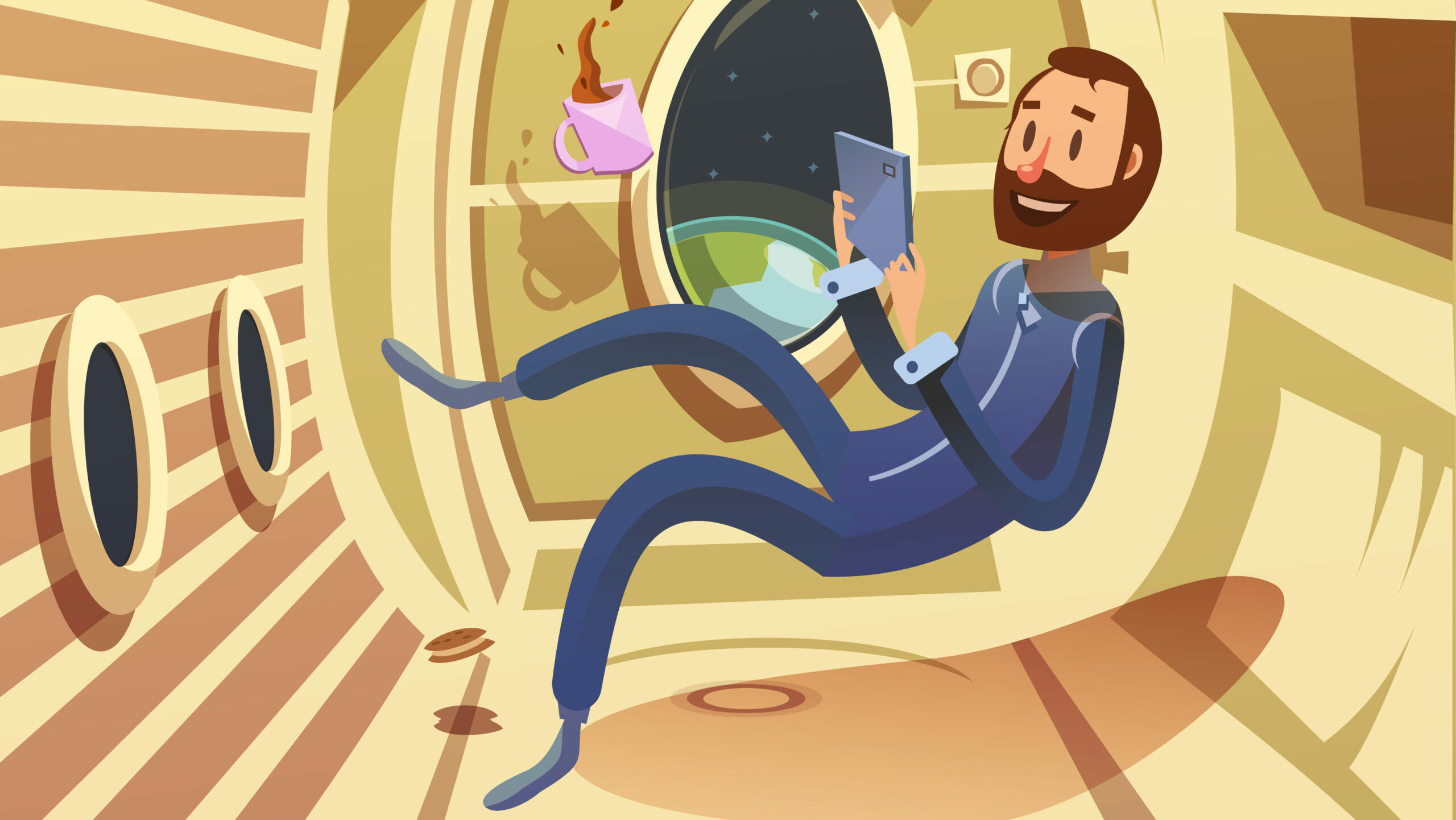Reading Time – 3 Minutes, Difficulty Level 1/5
The quest for knowledge and exploration has always been deeply ingrained in the human spirit. From ancient explorers setting sail to discover new lands to modern-day astronauts venturing into the vastness of space, humans have continually sought to push the boundaries of what is possible. One such remarkable endeavor is the ambitious goal of sending astronauts to Mars—a project that not only tests human ingenuity but also leads to advancements in science and technology that have far-reaching implications for our planet.
Hubble Space Telescope
The history of space exploration is replete with examples of how these ventures have had a profound impact on our lives back on Earth. One remarkable instance is the story of the Hubble Space Telescope, launched by NASA in 1990 with the objective of capturing breathtaking images of the cosmos. However, shortly after its deployment, it became evident that the telescope suffered from a significant flaw in its optics, rendering its images blurry and distorted. The situation seemed dire, but NASA scientists and engineers refused to give up.
Over the course of three grueling years, a team at NASA developed an advanced computer algorithm that would compensate for the telescope’s flawed optics. This algorithm, known as the “Hubble Space Telescope Aberration Corrector,” was a groundbreaking achievement in image processing and served as the key to unlocking the full potential of the Hubble telescope. With its implementation, the telescope’s images became clearer and more precise, enabling scientists to study the universe with unprecedented clarity.
Breast Cancer Screening
The technological breakthroughs achieved through the Hubble’s aberration corrector algorithm didn’t end with astronomy. Recognising the potential of this advancement, scientists sought to apply it to other fields where image processing played a critical role. One such application was in the field of early-stage breast cancer screening. Mammography, the primary screening tool for breast cancer, often faced challenges in detecting small tumors or abnormalities due to the complexity of interpreting mammographic images accurately.
By leveraging the knowledge gained from the Hubble Space Telescope, scientists developed a modified version of the aberration corrector algorithm specifically tailored for mammography. This innovation revolutionised the field by enhancing the accuracy of early-stage breast cancer detection. The algorithm enabled radiologists to identify subtle anomalies that were previously difficult to spot, enabling timely intervention and potentially saving millions of women’s lives worldwide.
Far Reaching Implications
The ripple effects of space missions like the Hubble telescope extend far beyond the realms of astronomy and healthcare. The pursuit of ambitious space projects necessitates breakthroughs in a multitude of scientific and technological domains. For instance, the development of sustainable life support systems for long-duration space missions requires advancements in areas such as renewable energy, water purification, and waste management. These innovations not only enable astronauts to survive in inhospitable environments but also hold tremendous potential for addressing similar challenges on Earth.
Furthermore, space missions drive the advancement of robotics and artificial intelligence (AI). Robotic systems are instrumental in exploring distant planets and moons, conducting experiments in hostile environments, and even assisting astronauts in their day-to-day tasks. The development of intelligent, autonomous robots that can operate with minimal human intervention has applications in various industries on Earth, ranging from manufacturing and logistics to healthcare and disaster response.
Additionally, the pursuit of Mars colonisation necessitates significant advancements in resource utilisation and sustainability. Researchers are exploring technologies that enable the extraction of resources from celestial bodies, such as asteroids and the Martian surface. These advancements not only open up possibilities for space exploration but also hold promise for addressing resource scarcity and environmental challenges on Earth. The ability to harness extraterrestrial resources could reduce our dependence on Earth’s limited reserves and pave the way for a more sustainable future.
I’m the founder of The Average Scientist and also an Astrophysicist, a passionate Science Communicator and elected Fellow of the Royal Astronomical Society.
I regularly speak at various events, including our TAS Talks and theatre shows on subjects such as Astrophysics, Planetary Science and the Evolution of the Universe.








